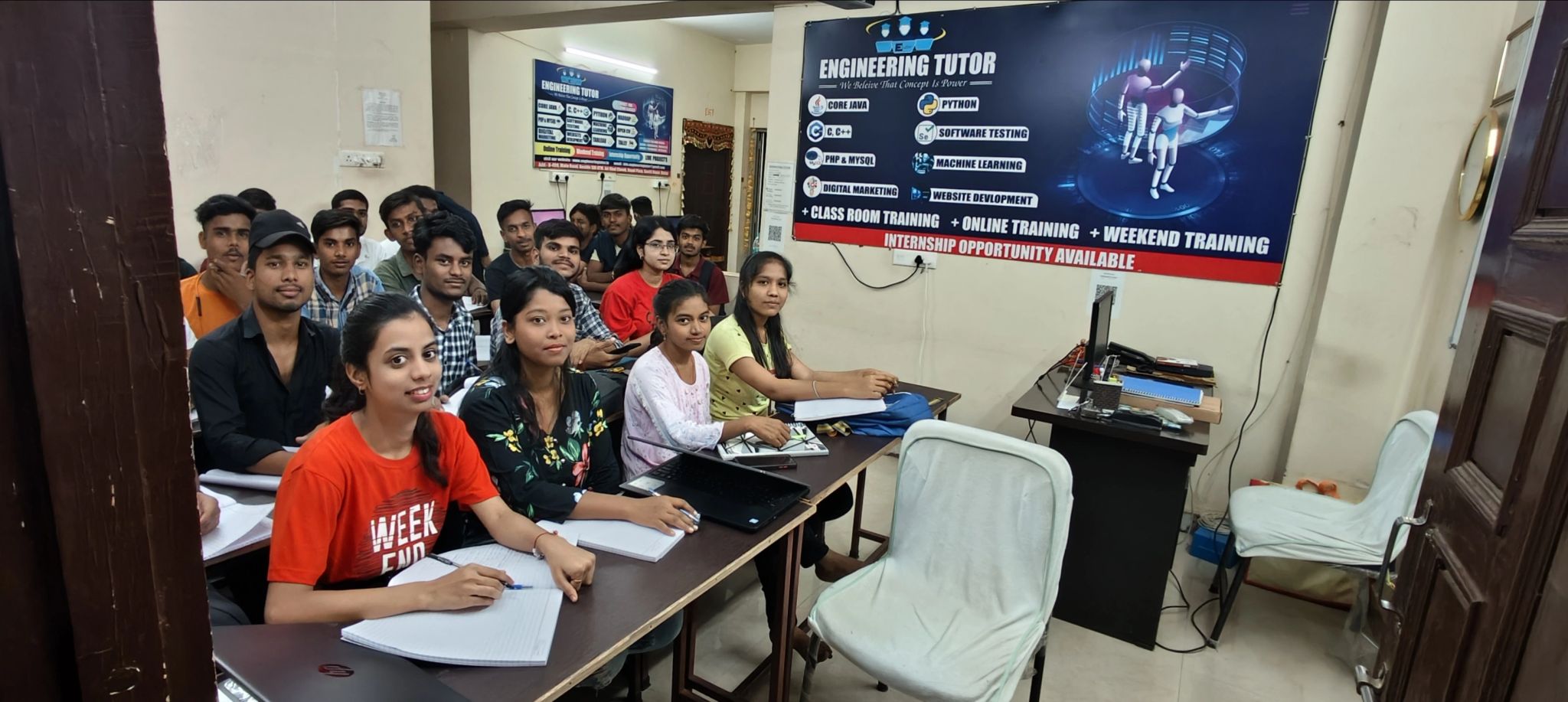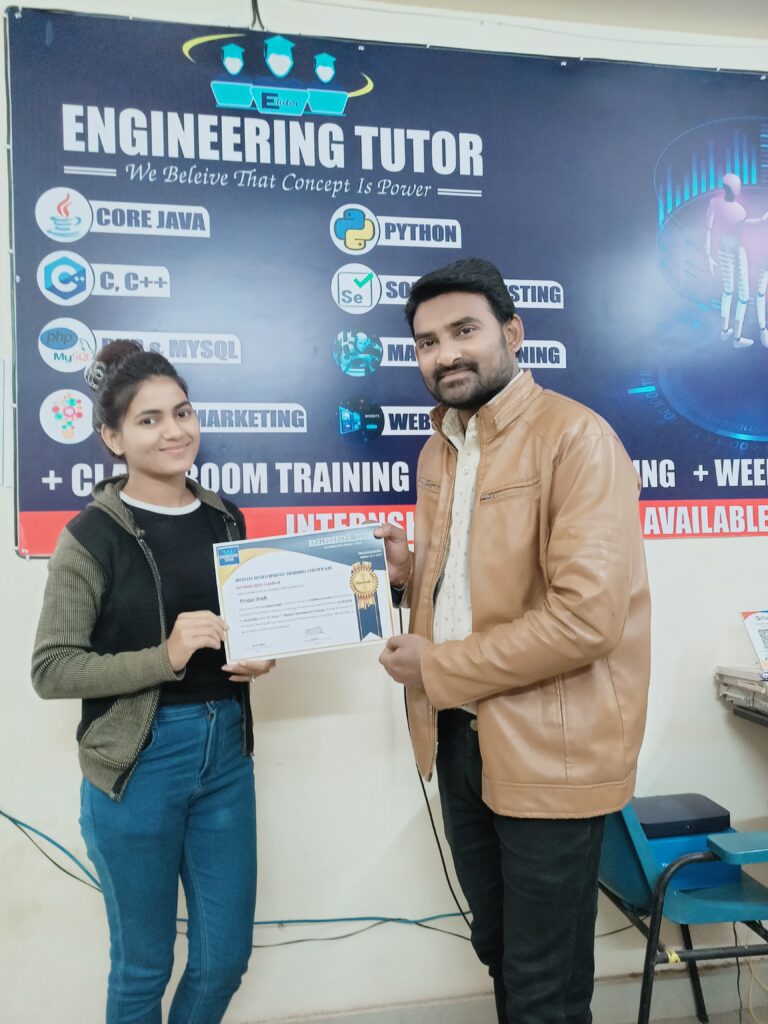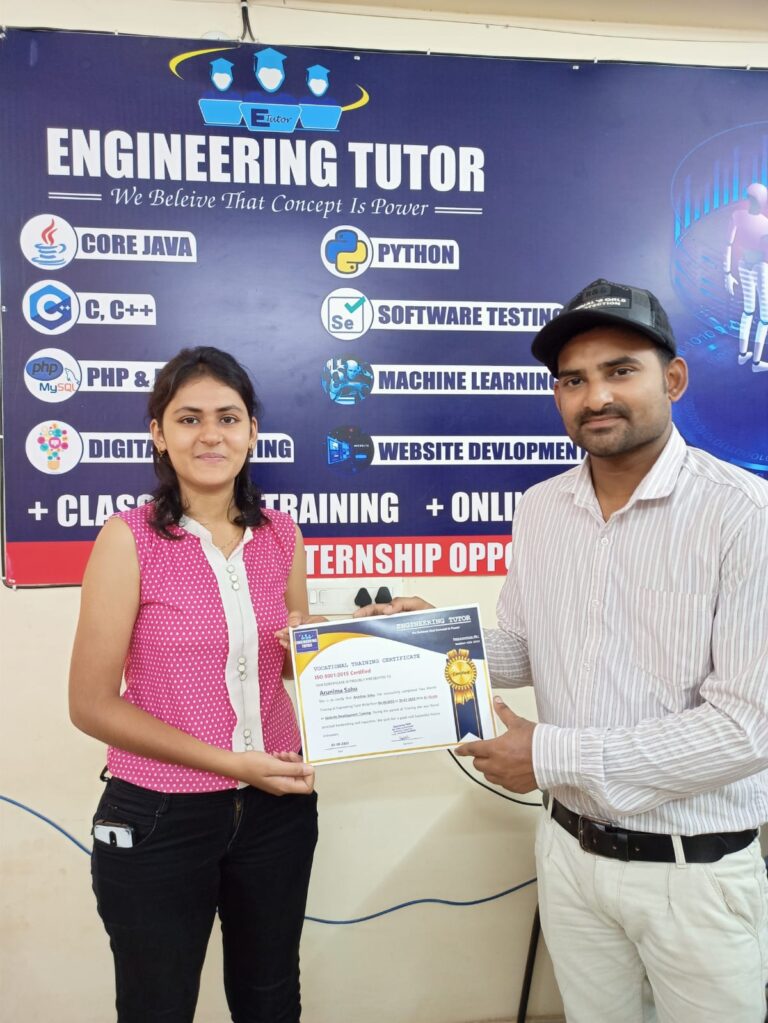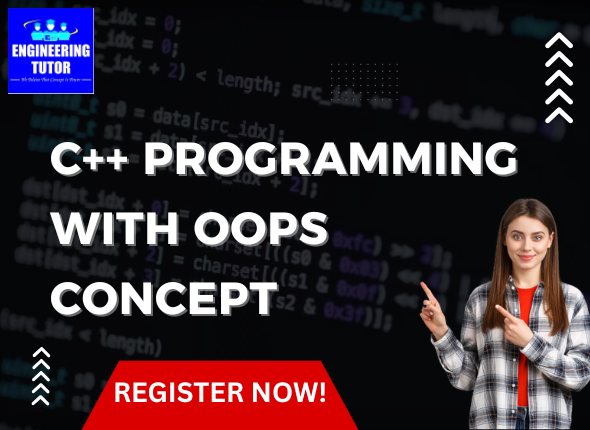Currently Empty: ₹0.00
This course is ideal for students, graduates, working professionals, or anyone looking to build a career in data science, data analytics, or machine learning—no prior programming experience required.
Basic computer skills and foundational knowledge of mathematics are recommended. No prior coding experience is necessary, as the course starts from the basics.
You will gain hands-on experience with Python, R, SQL, TensorFlow, Scikit-learn, Pandas, Matplotlib, Seaborn, Flask, Streamlit, and cloud platforms like AWS or GCP.
Yes, you will receive an industry-recognized certificate upon successful completion of the course, which you can showcase on your resume, LinkedIn, and professional portfolio.
We offer both formats. You can attend live sessions (online/offline) or follow a structured self-paced learning path with full access to recorded lectures and mentor support.
You will work on real-world projects involving domains like healthcare, finance, e-commerce, and more. The course also includes capstone projects to demonstrate end-to-end skills.
Yes, we offer resume building, mock interviews, portfolio reviews, and job placement assistance to help you land your first role in data science.
You’ll need a laptop or desktop with internet access. We recommend at least 8GB RAM for smooth performance with data science tools.
The course duration is typically 6 months, including live sessions, hands-on labs, assignments, and projects.
Our refund policy allows for a full refund within 3 days of enrollment. After the 3-day period, no refunds will be processed. Please ensure you review the course content and terms before enrolling.
Requirements
- Learners should be comfortable using a computer, navigating the internet, and working with basic software applications such as Microsoft Excel or Google Sheets.
- A basic grasp of high school-level mathematics, including algebra and introductory statistics, is recommended to understand data analysis and machine learning concepts.
- This course is beginner-friendly and includes foundational training in programming using Python and R. However, prior exposure to any programming language will be an added advantage.
- A personal computer with a stable internet connection is essential for attending online sessions, working on coding assignments, and accessing the LMS platform.
- Learners should have a strong desire to build a career in data science and be committed to engaging with course materials, completing projects, and participating in assessments.
Features
- Learn how to deploy data models on the cloud.
- Mini-projects and a final capstone project.
- Interactive quizzes and exercises to reinforce concepts.
- Hands-on projects using real-world datasets.
- Comprehensive curriculum covering the entire data science pipeline.
Target audiences
- Professionals seeking a transition into data science. .
- Business analysts looking to expand into data-driven roles .
- Aspiring Data Scientists looking for in-depth, full-stack knowledge.
- Students in computer science or data-related fields.






